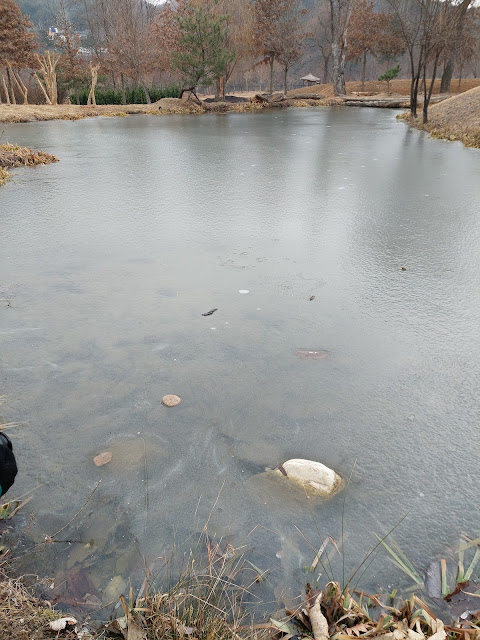When I accompanied or rather Tavayogi brought me over to see some living gurus in the hills of Ooty in 2005, the third and final guru we met was named Swami Dhyanananda. He lived alone in a big mansion. As we entered the home a big painting of Adhi Sankara greeted us in the hallway. We went looking for the swami led by one Mr. Mani who was a local there. On the far end of the bed sat a fair skin man complete with a cap, thick sweater, and a blanket pulled over him. Only his face was exposed. He greeted us cheerfully as Mr. Mani introduced us. Tavayogi had a conversation with him while Mr. Mani and I listened on. Before we left he told me the next time I came over he will be a star in the night sky. As we made our way back to the Kallar ashram in the cold of the night that was made worst with the sudden rain shower, Tavayogi told me that man was a gnani and pointed out that I had noticed him touch the Swami's feet before leaving. It is said that each man or woman has his star arise in the skies at birth. Once he or she passes away the star too dies. Some shine brightly while others dim. I guess for people like Swami Dhyananda it shines brightly and forever.
As my daughter is an avid reader, among the many books she had purchased on her way back from South Korea last Wednesday, there was one titled "The Seven Brothers and the Big Dipper" based on a Korean folk tale adapted by Duance Vorhees and Mark Muellerp, published by Hollym Corp publishers 1990. When the seven sons of a lady got together to lay some rocks as a bridge across an icy creek so that their mother could visit an old cobbler who kept her company in their old age without getting her feet wet and return home without feeling cold and wet, the mother, not knowing that it was a deed done by her children asked God to bless whoever took the trouble to build the bridge. She prays, "Oh Lord, whoever has built this bridge, please make them stars in your heaven." When the seven sons died many years later, they became the seven stars of the big dipper. A mother's wish was fulfilled by god. "People could look up at those stars and tell which direction was north, since the oldest brother in the big dipper was the pole star. And people could even measure time by looking at the way the other six stars changed their position in the night sky."
See https://www.britannica.com/science/constellation
We too have stories of the Sapta Rishis or seven Rishis or seers who are supposed to be stars in the night sky.
 |
| Photos: An icy creek in S.Korea. Coutesy of Vimala Shanmugam |
In the film Marakkar, they look up to the skies and count the number of stars to know how many among them will survive the battle. From https://www.futuresamachar.com/en/agastya-the-star-of-rains-5355, we learn that Agastya was a star.
Readers must note that there is no prominent star exactly at the south polar point like the Pole Star in the northern hemisphere. Therefore, in order to determine south direction, the Agastya always helped the sailors in the southern oceans and still remains useful for the astronauts.

